You can spend a lot of time completely lost on internet as I did, by just googling ‘led candle’ or ‘flickering led’ or ‘micro controller candle’ etc…
I’ve found a nice Tim’s blog post about the reverse engineering of a flickering led. It is really worth a read, he details everything from measurements to analysis, and reproduce the algorithm. This is followed by another post which really interested me. How a real candle flame behave.
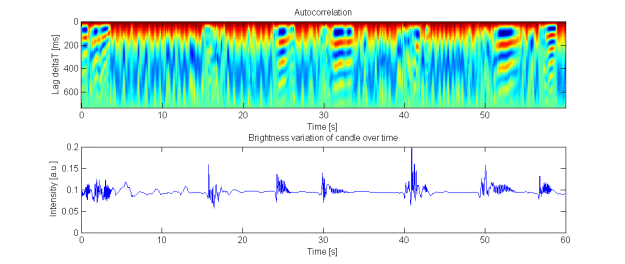
Courtesy cpldcpu.wordpress.com
To summarize, and as probably everyone knows, the candle flame brightness has two types of behavior. Usually it is rather constant, and it happens some time that the brightness starts to oscillate for one or two seconds. One thing I can add to that is the flame is gently moving, from one side to another one.
Another property of the flame is its light spectrum. And here as well, a lot of people studied this. It is a very warm light with plenty of red / infra-red. We can find some measurements from 1000 to 2000K of color temperature.
Start the Project:
We roughly know what to mimic, so let’s choose some components according these constraints.
For the LED, I looked for the warmest white on the range of 10-20 mA. My ‘local’ provider is Farnell, so after some sorting and filtering I end up with a Wurth warm white led, €0.18.
 To add a bit of challenge I choose a very small micro-controller, but still accessible with my tools and knowledge. The PIC10F320 has only 6 pins, 64 bytes of RAM and 256 bytes of program memory. But it has 2 PWM output and an ADC, all for €0.42
To add a bit of challenge I choose a very small micro-controller, but still accessible with my tools and knowledge. The PIC10F320 has only 6 pins, 64 bytes of RAM and 256 bytes of program memory. But it has 2 PWM output and an ADC, all for €0.42
To power everything from an AA battery I choose to use a step up converter. The €0.38 MCP1624 is able to output 50mA at 3.3V from a single AA battery, and is working down to 0.35V.
From this point we can control and power two led and read an analogue value such as the ambiant luminosity (using a photo-resistor for example). It is possible to mimic the flame swing by balancing the brightness of the two LED, plus the random oscillations with the total brightness. We can switch off the LEDs when the day is too bright as well.
 Muth
Muth


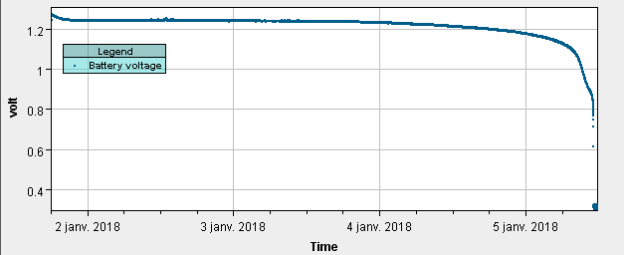




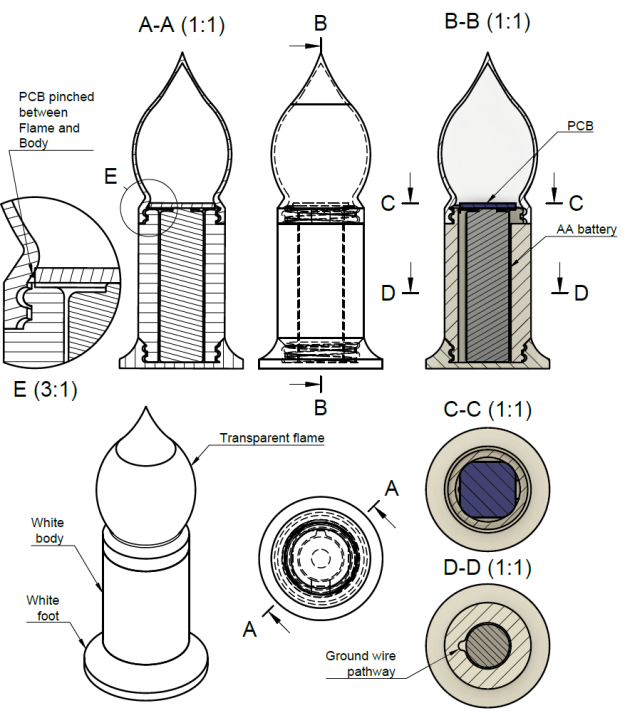









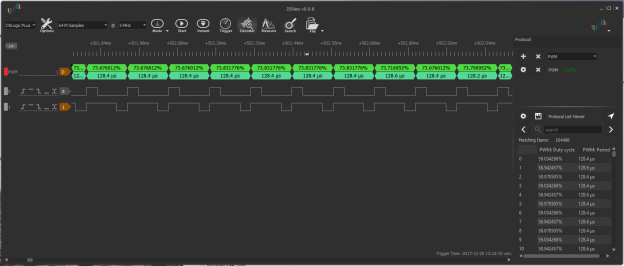



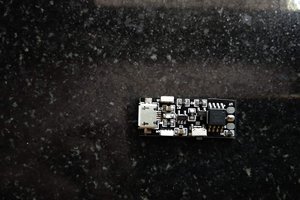
 DailyDIY
DailyDIY
 Pierre-Loup M.
Pierre-Loup M.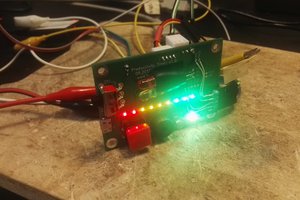
 Luke
Luke
 scubabear
scubabear
Well done!